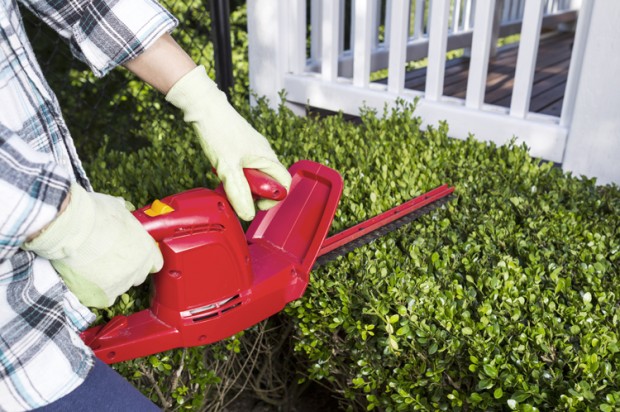We have pubic hair for a reason
The shaving craze leaves us vulnerable to all manner of physical ailments
This article originally appeared on KevinMD.com.
It must have happened sometime in the last decade because the amount of time, energy, money and emotion both genders spend on abolishing every hair from their genitals is astronomical. The genital hair removal industry, including medical professionals who advertise their specialty services to those seeking the “clean and bare” look, is exponentially growing.
But why pick on the lowly pubic hair? A few sociological theories suggest it has to do with cultural trends spawned by bikinis and thongs, certain hairless actors and actresses, a desire to return to childhood, a misguided attempt at hygiene or an effort to be more attractive to a partner. Surely human beings are not so naïve as to be susceptible to fashion trends and biases.
It is a sadly misconceived war. Long ago, surgeons figured out that shaving a body part prior to surgery actually increased rather than decreased surgical site infections. No matter what expensive and complex weapons are used — razor blades, electric shavers, tweezers, waxing, depilatories, electrolysis — hair, like crab grass, always grows back and eventually wins. In the meantime, the skin suffers the effects of the scorched battlefield.
Pubic hair removal naturally irritates and inflames the hair follicles left behind, leaving microscopic open wounds. Rather than suffering a comparison to a bristle brush, frequent hair removal is necessary to stay smooth, causing regular irritation of the shaved or waxed area. When that irritation is combined with the warm moist environment of the genitals, it becomes a happy culture media for some of the nastiest of bacterial pathogens, namely group A streptococcus, staphylococcus aureus and its recently mutated cousin methicillin resistant staph aureus (MRSA). There is an increase in staph boils and abscesses, necessitating incisions to drain the infection, resulting in scarring that can be significant. It is not at all unusual to find pustules and other hair follicle inflammation papules on shaved genitals.
Additionally, I’ve seen cellulitis (soft tissue bacterial infection without abscess) of the scrotum, labia and penis from spread of bacteria from shaving or from sexual contact with strep or staph bacteria from a partner’s skin.
Some clinicians are finding that freshly shaved pubic areas and genitals are also more vulnerable to herpes infections due to the microscopic wounds being exposed to the virus carried by mouth or genitals. It follows that there may be vulnerability to spread of other STIs, as well.
More M.d..
More Emily Gibson.

No comments:
Post a Comment
Please leave a comment-- or suggestions, particularly of topics and places you'd like to see covered